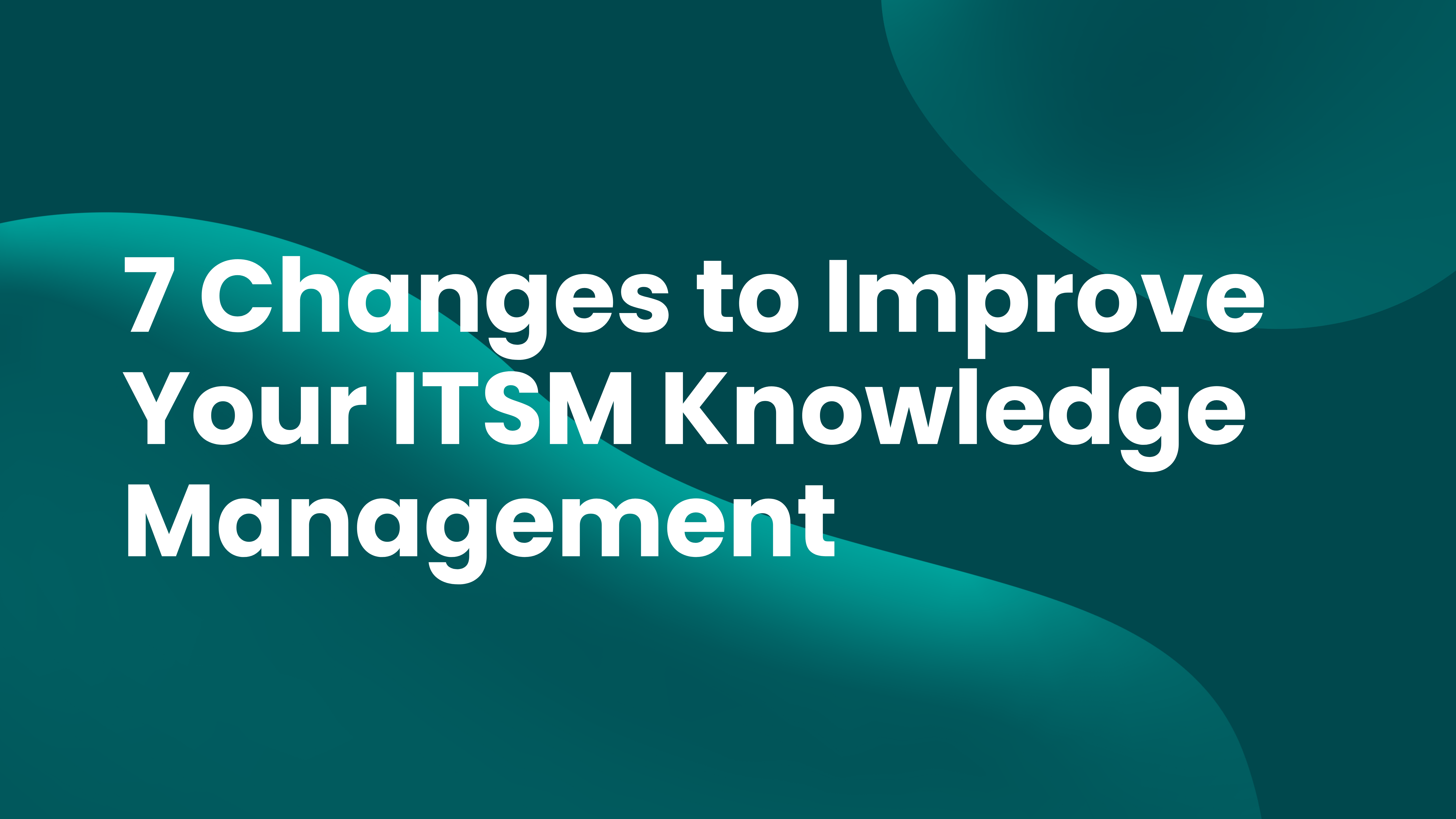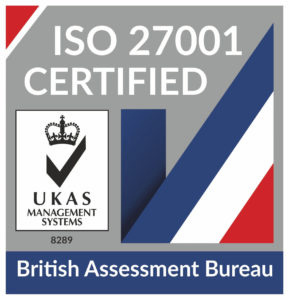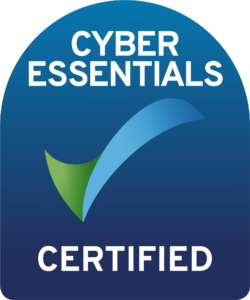
Knowledge management has long been an IT service management (ITSM) capability, with it now a management practice within the ITIL 4 body of service management best practice guidance. However, knowledge management is also one of the ITSM capabilities that, while relatively highly adopted, organisations often struggle with.
To help, this blog looks at what’s commonly wrong with ITSM-related knowledge management capabilities, explains the increasing importance of ITSM-related knowledge, and offers advice on what your organisation can do or change to improve its knowledge sharing and use.
The common issues with ITSM knowledge management
Where do you start with defining the issues organisations have with knowledge management? The problems could relate to knowledge capture, knowledge storage and maintenance, knowledge access and retrieval or people not seeing knowledge as helpful. However, these examples are operational barriers to knowledge management success.
There might also be “start-up” barriers, such as not collectively understanding what knowledge management entails, focusing on knowledge capture at the expense of knowledge use, or not appreciating the difficulties of knowledge management.
What we do know, though, despite the Axelos 2022 ITSM Benchmarking Report data being a little dated now, is that while knowledge management is the fifth most-adopted ITIL practice, it’s also the practice where most improvement is needed (out of the 14 ITIL 4 practices surveyed). Of the 79% of respondents that stated their organisations already have knowledge management capabilities, only one-fifth thought the capabilities were “working well”. This leaves 80% of respondents feeling that their organisation’s knowledge management capabilities need improving.
Whatever the root causes of this statistic, something needs to change.

The increasing importance of ITSM knowledge
Effective knowledge management capabilities aren’t a new ITSM need. They were already an IT service desk staple, with the knowledge available to service desk agents leveraged to speed up the incident resolution process. This initial opportunity was and still is classic knowledge exploitation, with service desk agents able to extend their personal know-how and capabilities through knowledge bases and keyword-triggered knowledge article promotion.
Then, the introduction of end-user-facing IT self-service capabilities increased the importance of knowledge availability, including providing relevant knowledge articles and the answers to frequently asked questions (FAQs) to end-users seeking to assist themselves rather than contact the IT service desk.
Now, the opportunity of artificial intelligence (AI)-based technology ITSM use cases, including chatbots, has become another driver for effective knowledge management capabilities. For example, generative-AI-based capabilities can respond to end-user questions (or prompts) based on information and data pulled from various sources. Quite simply, such capabilities can’t function, or at least function accurately, without access to relevant knowledge.

7 changes to improve your ITSM knowledge management
As already mentioned, knowledge management success can be challenging. AI-based capabilities can help reduce some knowledge management issues – for example, making access to knowledge easier, making knowledge easier to consume, identifying knowledge gaps, and filling knowledge gaps. However, the following changes will improve the effectiveness of your IT organisation’s knowledge management capabilities:
- Ensure that everyone involved understands the importance and difficulties of knowledge management. The latter includes that “people always know more than they can say, and they will always say more than they can write down”, “people only know what they know when they need to know it”, and “knowledge can only be volunteered it cannot be conscripted”.
- Move the focus from knowledge management to knowledge exploitation. Make knowledge management about exploiting the value of knowledge and not simply adopting processes related to its capture and management.
- Invest in people change. Despite the benefits of enabling technology, knowledge management is ultimately about people and requires organisational change management (OCM) tools and techniques to succeed. OCM helps remove change resistance factors, such as the fear of the unknown.
- Embed the knowledge management capabilities into business-as-usual (BAU) activities. If they aren’t embedded, the creation and use of knowledge could easily be secondary activities that aren’t undertaken as much as they should be.
- Include knowledge-related elements in employee performance management frameworks. This change raises the importance of knowledge management and improves the likelihood of knowledge sharing and use uptake. These performance metric changes will drive the right employee behaviours in the context of knowledge management.
- Avoid “unhelpful” knowledge articles. This is commonly where knowledge articles are created to show how much the subject matter expert (SME) knows rather than to help others. People seeking help shouldn’t need to read excessive volumes of text or seek third-party explanations. If required, generative AI can be used to create more consumable summaries from unnecessarily long knowledge articles.
- Use new technologies to improve knowledge management. This can, for example, cover the breadth of access methods and the quality of search capabilities. Plus, it doesn’t always need to relate to knowledge articles – for example, identifying SMEs based on their work.



